Related: Patrick Mahomes’ Family’s Most Controversial Moments Through the Years
Advertisement
Patrick Mahomes always has his family in his corner.
The Kansas City Chiefs quarterback is the son of Pat Mahomes and Randi Mahomes. Before divorcing in 2006, the exes welcomed son Jackson in May 2005. Following their split, both Randi and Pat moved on and welcomed children with other partners. Randi is the mom of daughter Mia Randall while Pat is the father of Zoe Mahomes and Graham Walker.
Patrick expanded his family with wife Brittany Mahomes. The couple, who are high school sweethearts, share daughter Sterling and son Bronze.
Keep scrolling to get to know Patrick’s entire family:
Pat Mahomes Sr. David Eulitt/Getty Images
Pat played in the MLB from 1992 to 2003. He’s pitched for several teams including the Minnesota Twins, Boston Red Sox, New York Mets, Texas Rangers, Chicago Cubs and Pittsburgh Pirates. He also played overseas in Japan for the Yokohama BayStars.
While Patrick was playing football, baseball and basketball in school, his father thought he showed the most promise as a baseball player and encouraged him to drop the other sports.
“He grew up in the clubhouse, he was always around the game, and he was always the best player on his baseball team,” Pat told the Los Angeles Times in February 2023 of his son’s athletic talent. “He was an unbelievable shortstop, he always led his team in hitting, and he threw 97 mph on the mound, so I always thought he was gonna be a baseball player.”
Patrick was selected by the Detroit Tigers in the 2014 MLB draft. However, he ultimately decided not to follow in his dad’s footsteps and focus on football instead. As Patrick emerged as the superstar quarterback of the Chiefs, his dad has supported him throughout his career and cheered him on at several of his games.
Randi Mahomes Jay Biggerstaff/Getty Images
Patrick’s mom is an event planner for Hollytree Country Club where she’s worked since 2005. In addition to her day job, Randi also runs her website, QB Producer, where she strives to “set a positive example” and “make a difference.”
Like her ex-husband, Randi supports Patrick by cheering him on during his game days. Ahead of Super Bowl LVII, Randi posted a throwback photo of her and Patrick from one of his high school football games.
“This feels like yesterday but today I’m headed off to watch (try too ) my boy,” she captioned the pic. “Cheering for my kids never gets old. I wouldn’t have it any other way #chiefs #15 #ibelieve #blessed.”
Jackson Mahomes Jay Biggerstaff/Getty Images
Jackson is Randi and Pat’s youngest son. He is best known for being an internet personality and runs a TikTok page. Jackson and his older brother are very close and was the best man at Patrick and Brittany’s wedding.
“It’s just like being related to anybody else,” Jackson explained of his bond with his big bro in a May 2020 YouTube video. “He’s a cool person, like, we’re super close. We have a great relationship, so I think that’s pretty cool.”
Over the years, Jackson has had his fair share of ups and downs including controversial behavior at Chiefs games and being arrested on charges of aggravated sexual battery in March 2023. (The charges against Jackson were officially dropped in January 2024.)
Randi welcomed Mia in July 2011 and she is Patrick’s half sister. Mia is close with both Jackson and Patrick. She has attended several Chiefs games alongside her mom to cheer on her big brother. Like her brother, Mia also has a love of sports and plays basketball, tennis, volleyball, golf, softball and more.
Pat welcomed Zoe in 2015 and she is Patrick’s second half sister. She’s joined her father to cheer on Patrick during game days. Like her brother and father, Zoe also likes to play sports including soccer and basketball.
Pat is also the father of Graham who, like his half brother, also plays football. Graham is the wide receiver for Brown University’s football team, where he’s played for three seasons. Unlike his other siblings, Graham keeps it more low-key.
“He’s a little bit more laid back than the others,” Pat said of his son in a January 2024 interview with FOX4. “Stays away from the spotlight and goes out and grinds and works. But a very impressive young man.”
Brittay Mahomes Patrick McDermott/Getty Images
Brittany and Patrick met in high school and tied the knot in March 2022. Before the pair wed, Brittany was a soccer player for the University of Texas at Tyler and played one season with UMF Afturelding in Iceland.
Following her soccer career, Brittany has become the No. 1 supporter of Patrick as she cheers him on at every game.
Patrick became a father in February 2021 when Brittany gave birth to daughter Sterling. Sterling served as the couple’s flower girl at their nuptials the following year. Brittany has brought her little one to Patrick’s games to adorably cheer on her dad.
Brittany and Patrick expanded their family with Bronze in November 2022. When announcing his arrival, the couple revealed their little one’s full name is Patrick “Bronze” Lavon Mahomes III. Patrick revealed that his brother Jackson came up with the nickname for his nephew.
“My brother Jackson, whenever we were trying to find something that was a little unique and different, he said, ‘What about Bronze? It fits perfectly with Sterling,’” Patrick explained to reporters in December 2022. “So, we went with that.”
Patrick Mahomes always has his family in his corner. The Kansas City Chiefs quarterback is the son of Pat Mahomes and Randi Mahomes. Before divorcing in 2006, the exes welcomed son Jackson in May 2005. Following their split, both Randi and Pat moved on and welcomed children with other partners. Randi is the mom of
Us Weekly Read More
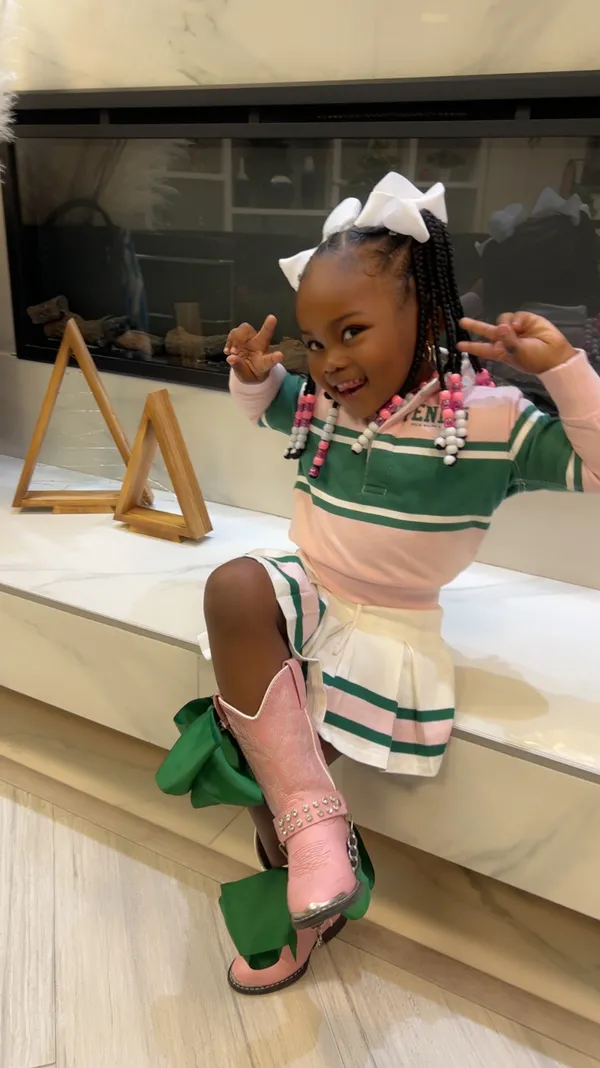
Starkville, Mississippi — The viral rise of 4-year-old LaR’iyah Jesireé, better known as “Ms. Shirley,” has captivated millions on TikTok and Instagram. But as her fame grows, so too does a wave of public concern—particularly over her appearances at meet-and-greet events attended by adults, including grown men, raising urgent questions about child safety, parental responsibility, and the blurred boundaries of social media stardom.

Ms. Shirley’s infectious line dances, especially her signature “Boots on the Ground” routine, have made her a household name in the world of social media. With over a million followers and appearances on national television, she’s become a symbol of youthful talent and joy.
But behind the viral videos lies a controversy that has split public opinion. Critics argue that the very events fueling her fame—public meet-and-greets, often at venues not designed for children—expose her to adult environments and attention that are inappropriate for someone her age.
Latisha Tucker, Ms. Shirley’s mother, has not shied away from the criticism. She maintains that her daughter’s appearances are carefully managed and that the backlash is fueled by outsiders who misunderstand their intentions. Tucker has publicly stated that any earnings from Ms. Shirley’s fame will be set aside for her future, and insists that her daughter is simply “being a kid like any other kid.” Still, she acknowledges that the scrutiny comes with the territory of internet celebrity.
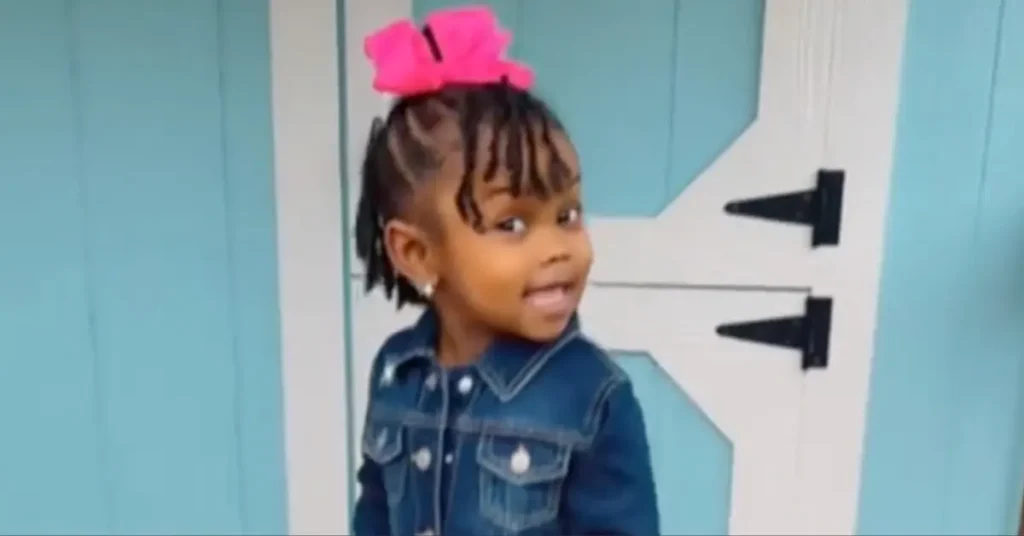
The uproar over Ms. Shirley’s meet-and-greets is part of a larger debate about the responsibilities of parents who share their children’s lives online, the adequacy of social media safeguards, and the potential for exploitation in the pursuit of viral fame. As platforms like TikTok continue to blur the lines between childhood and celebrity, the story of Ms. Shirley stands as a flashpoint—one that forces parents, platforms, and audiences alike to confront uncomfortable questions about where to draw the line.
| Issue | Description |
|---|---|
| Adult Attendance at Events | Grown men and other adults present at meet-and-greets, sparking safety concerns |
| Parental Oversight | Debate over whether Ms. Shirley’s mother is protecting or exploiting her child |
| Child Safety | Reports to CPS and public calls for better safeguards for young social media stars |
| Online Division | Fans celebrate her talent, critics warn of long-term risks and inappropriate exposure |
As Ms. Shirley’s star continues to rise, so does the scrutiny. For now, her story remains a cautionary tale at the intersection of childhood, celebrity, and the unpredictable power of the internet.
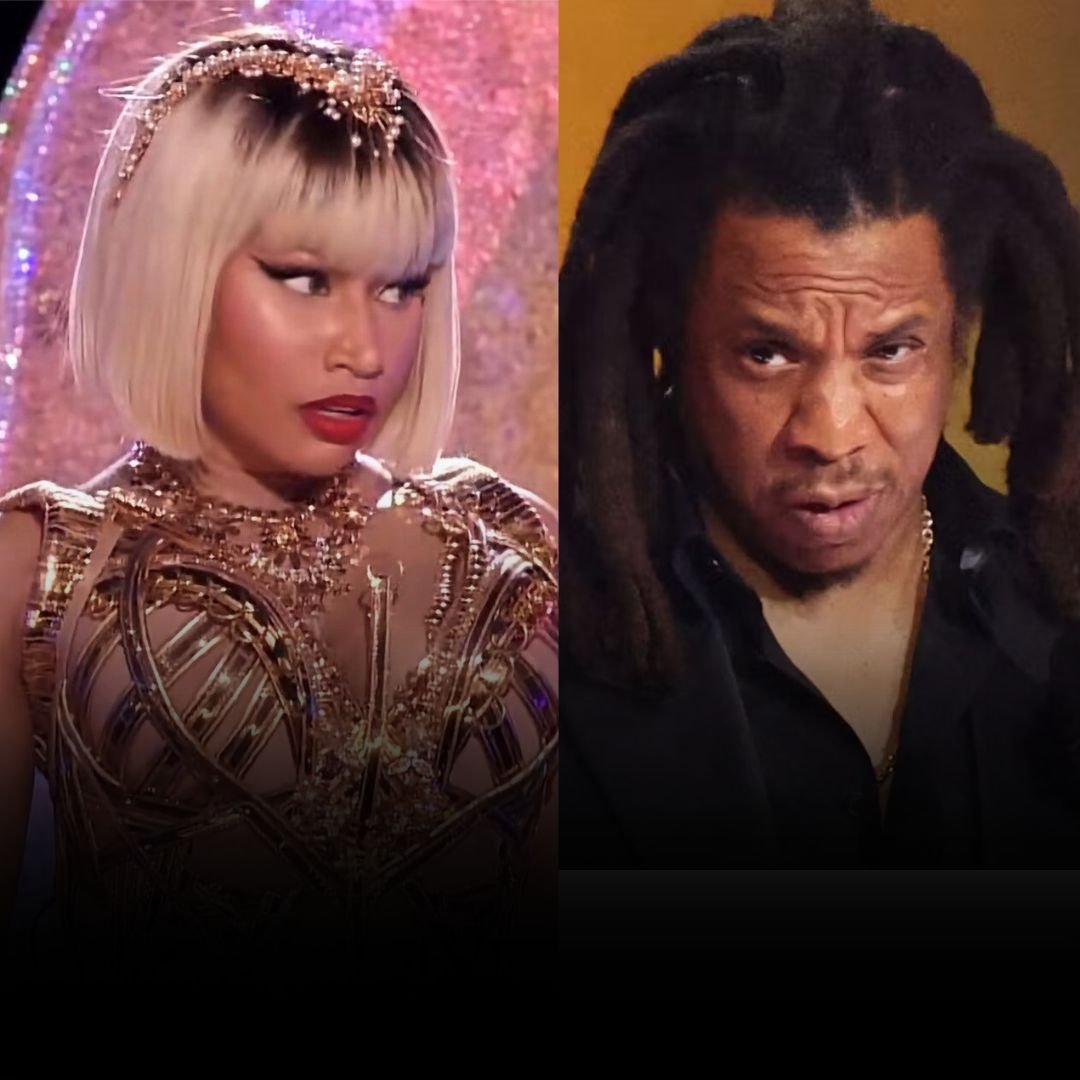
Nicki Minaj has once again set social media ablaze, this time targeting Jay-Z with a series of pointed tweets that allege he owes her an eye-popping $200 million. The outburst has reignited debates about artist compensation, industry transparency, and the ongoing power struggles within hip-hop’s elite circles.
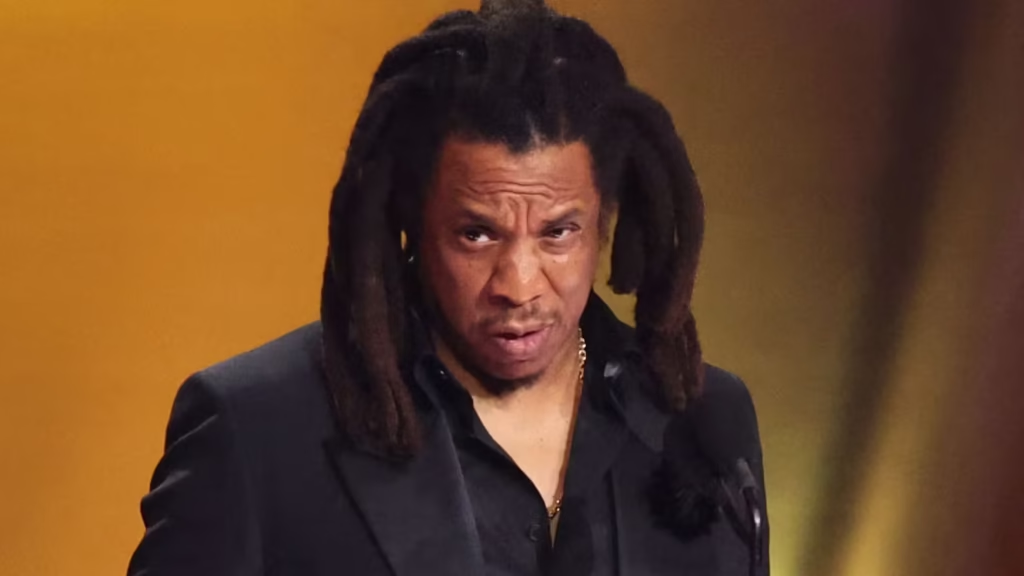
In a string of tweets, Minaj directly addressed Jay-Z, writing, “Jay-Z, call me to settle the karmic debt. It’s only collecting more interest. You still in my top five though. Let’s get it.” She went further, warning, “Anyone still calling him Hov will answer to God for the blasphemy.” According to Minaj, the alleged debt stems from Jay-Z’s sale of Tidal, the music streaming platform he launched in 2015 with a group of high-profile artists—including Minaj herself, J. Cole, and Rihanna.
When Jay-Z sold Tidal in 2021, Minaj claims she was only offered $1 million, a figure she says falls dramatically short of what she believes she is owed based on her ownership stake and contributions. She has long voiced dissatisfaction with the payout, but this is the most public—and dramatic—demand to date.
Minaj’s Twitter storm wasn’t limited to financial complaints. She also:
She expressed frustration that mainstream blogs and platforms don’t fully cover her statements, especially when they involve Jay-Z, and suggested that much of the coverage she receives is from less reputable sources.
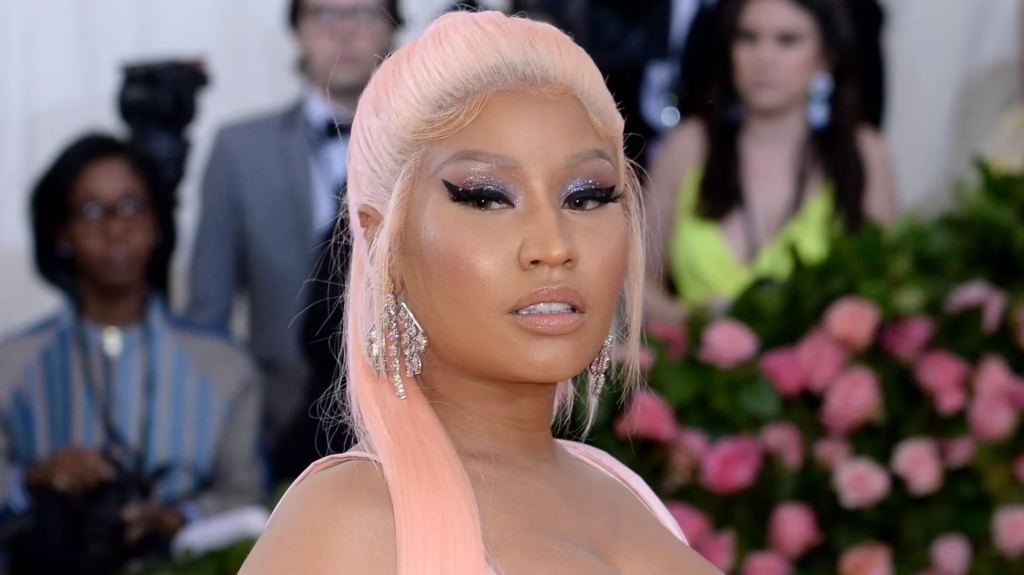
Minaj’s tweets took a satirical turn as she jokingly blamed Jay-Z for a laundry list of cultural grievances, including:
She repeatedly declared, “The jig is up,” but clarified that her statements were “alleged and for entertainment purposes only.”
Minaj also criticized Jay-Z’s political involvement, questioning why he didn’t campaign more actively for Kamala Harris or respond to President Obama’s comments about Black men. While Jay-Z has a history of supporting Democratic campaigns, Minaj’s critique centered on more recent events and what she perceives as a lack of advocacy for the Black community.
Adding another layer to her grievances, Minaj voiced disappointment that Lil Wayne was not chosen to perform at the Super Bowl in New Orleans, a decision she attributes to Jay-Z’s influence in the entertainment industry.
Despite the seriousness of her financial claim, many observers note that if Minaj truly believed Jay-Z owed her $200 million, legal action—not social media—would likely follow. As of now, there is no public record of a lawsuit or formal complaint.
Some fans and commentators see Minaj’s outburst as part of a larger pattern of airing industry grievances online, while others interpret it as a mix of personal frustration and performance art. Minaj herself emphasized that her tweets were “for entertainment purposes only.”
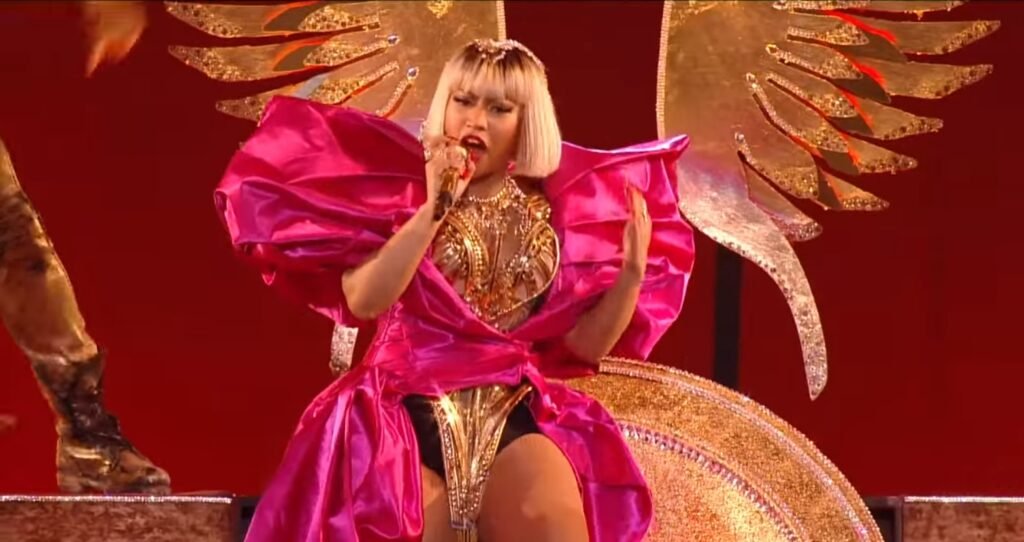
Nicki Minaj’s explosive Twitter rant against Jay-Z has once again placed the spotlight on issues of artist compensation and industry dynamics. Whether her claims will lead to further action or remain another dramatic chapter in hip-hop’s ongoing soap opera remains to be seen, but for now, the world is watching—and tweeting.

YouTube’s latest policy update, effective July 15th, has sent shockwaves through the AI and faceless channel community. Social media is buzzing with claims that “AI channels are dead,” while others express relief or confusion. If you’re a YouTube creator using AI, you might be wondering: Is this the end, or just another evolution? Here’s what you need to know—and how you can adapt to thrive in this new landscape.

YouTube’s update targets mass-produced, repetitive, and low-effort content—not AI itself. The company clarified that these rules are not new but are being enforced more strictly with improved detection tools. The main focus is on content that:
YouTube’s response to creators’ concerns emphasized that AI is not banned, but unoriginal, spammy content is—and always has been—ineligible for monetization.
Channels most affected by this update typically:
Examples include “revenge story” channels or those uploading unedited compilations and meditation tracks without original contributions. Such channels are now more likely to lose monetization or face removal.

YouTube aims to:
This approach aligns with long-standing YouTube Partner Program policies and legal doctrines like fair use, which require transformative use of source material.
YouTube is not against AI. In fact, Google (YouTube’s parent company) invests heavily in AI tools. The key is to use AI as a creative assistant, not a replacement for originality. Here’s what successful channels do:

This policy update isn’t the end of AI channels—it’s the end of low-effort, easily automated content. If you’re committed to creating genuine value, using AI as a tool (not a crutch), and building a real brand, you’re not just safe—you’re set up for long-term success on YouTube.


Pros and Cons of the Big Beautiful Bill


What SXSW 2025 Filmmakers Want Every New Director to Know


Filming Yourself and Look Cinematic


Father Leaps Overboard to Save Daughter on Disney Dream Cruise


Bolanle Newsroom Brief: Israel Strikes Iran’s Nuclear Sites — What It Means for the World


McCullough Alleges Government Hid COVID Vaccine Side Effects


Why 20% of Us Are Always Late


The Hidden Reality Behind Victoria’s Secret